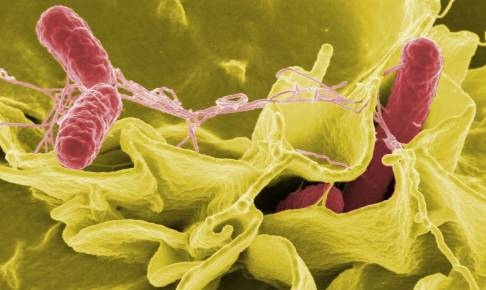Five novel Listeria species have been discovered, thus enhancing food safety
Cornell University food scientists discovered five previously unknown and novel relatives of Listeria while investigating the prevalence of the bacteria in agricultural soil throughout the United States. According to the researchers, the finding would assist food facilities in identifying new growth niches that might have been ignored previously, thus enhancing food safety.
L. immobilis, one of the new species, lacked motility, even though Listeria move a lot. Scientists believed motility was widespread in Listeria closely related to L. monocytogenes, a well-known foodborne pathogen. Thus, motility was used as a primary test in Listeria identification. According to lead author Catharine R. Carlin, a doctoral student in food science, the finding of novel species with no motility calls for a revision of the standard identification protocols provided by food safety regulators.
Listeria monocytogenes may have a significant pathogenic impact on food processing facilities, so they must be kept clean. According to the US Food and Drug Administration, listeriosis has a mortality rate of 20% to 30%, even though a patient is taking antibiotics. Furthermore, as stated by the Centers for Disease Control and Prevention, about 1 600 individuals in the United States contract listeriosis each year, with about 260 of them dying.
“This research increases the set of Listeria species monitored in food production environments,” stated Carlin. “Expanding the knowledge base to understand the diversity of Listeria will save the commercial food world confusion and errors, as well as prevent contamination, explain false positives and thwart foodborne outbreaks.”
Source:
https://www.microbiologyresearch.org/content/journal/ijsem/10.1099/ijsem.0.004795






















